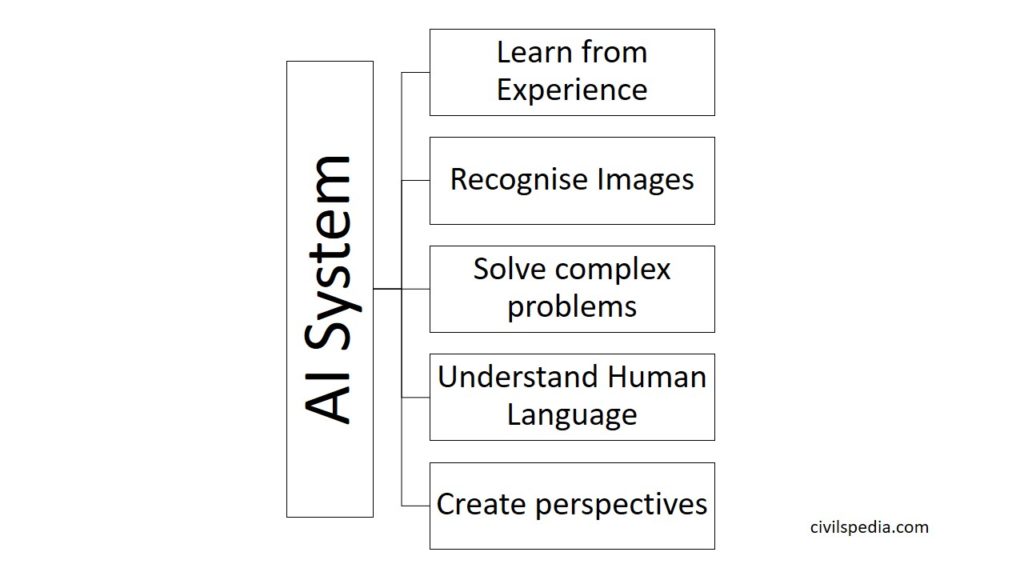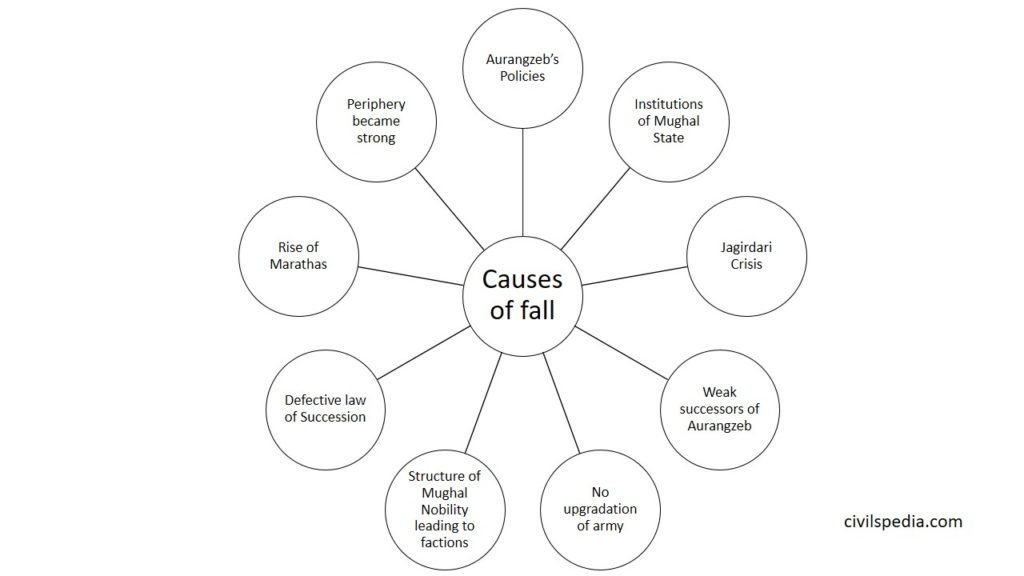India ASEAN Relations – UPSC
This article deals with ‘India ASEAN Relations- UPSC.’ This is part of our series on ‘International Relations’ which is an important pillar of the GS-2 syllabus. For more articles, you can click here.
Part-1: About ASEAN
Origin of ASEAN
The South Asian region was colonized by the British, French and Americans. After World War II, most of the countries achieved independence, but various issues emerged in its aftermath
- Issues regarding boundaries: Eg Indonesia vs Malaysia on Borneo Island
- US involvement in Vietnam due to cold war rivalries in the region.
It raised fears of increased external involvement and that the region would become a theatre of war between capitalist and communist ideologies.
Consequently, these countries decided to come on a common platform so as to
- Resolve the issues among the member nations.
- Present joint front to the rest of the world.
About ASEAN
- It was signed in 1967.
- Headquartered in Jakarta
- It consists of 10 countries

ASEAN region consists of
- 25% of the world population.
- The combined GDP is more than $5 trillion.
Evaluation of ASEAN
ASEAN has mixed track records with some major achievements but significant misses.
Good Performance
1 . Peace
- ASEAN has maintained peace in the ASEAN region by settling various disputes peacefully. E.g., the conflict between Cambodia and Thailand over Preah Vihar Temple was solved peacefully in 2011.
2. Economy
ASEAN has made various economic trade deals such as
- ASEAN Free Trade Area (AFTA)
- Chiang Mai Initiative (CMI)
- ASEAN Economic Union was set up in 2015, having a single market and production base
Not so Good
1. Economy
- ASEAN failed to predict and prevent the South East Asian Financial Crisis of 1997.
2. Human rights
- ASEAN has failed to pressurize authoritarian regimes to stop human rights abuses. E.g., the Rohingya crisis in Myanmar or Coupes in Thailand and Myanmar.
3. Against Chinese hegemony
- ASEAN has shown a lack of resolve before China’s repeated provocation against ASEAN members, particularly the Philippines and Vietnam.
4. Environment
- ASEAN has failed to stop the pollution and illegal trade in endangered species.
Bloc’s longevity, as well as its relative stability—is itself a testament that one of the world’s oldest regional organizations is in the right direction.
Chinese bullying in ASEAN
- ASEAN has become the target of Chinese assertiveness and bullying.
- There is a dispute between ASEAN members like Vietnam, the Philippines etc. and China in the South China Sea. International Court of Arbitration (ICA) has given the verdict against Chinese claims, but China has refused to accept the ICA verdict.
- Countries like Cambodia act as Proxy of China & don’t allow any text to pass if it has anything against China, such as Xinjiang, or human right violations is enumerated in it.
To counterbalance the Chinese assertion, ASEAN is looking at India.
Part II: India-ASEAN Relations
- India’s 10% trade is with ASEAN
- ASEAN is the biggest FDI investor in India, with up to $80 billion.
Timeline of India-ASEAN relations
| Till 1990 | The Indian policymakers didn’t give ASEAN region much importance. |
| 1990 | Start of Look East Policy => India started to give importance to ASEAN. |
| 2002 | India started annual Summits meetings with ASEAN (Start of Look East 2.0) |
| 2009 | FTA in goods signed between India and ASEAN. |
| 2015 | FTA in Services and Investment signed between India and ASEAN minus Philippines. |
| 2018 | Leaders of the 10-members of ASEAN were the Chief Guests at India’s Republic Day. |
| 2019 | India refused to sign RCEP, which consist of ASEAN & 6 countries. |
Importance of ASEAN for India
1. Strategically
- ASEAN nations are strategically located at the intersections of major land and sea routes (including the Strait of Malacca).
- Containing China: India can align with partners like Vietnam, Singapore etc., to counterpose China.
2. Energy
- Myanmar has rich oil reserves.
- ONGC Videsh Limited has invested in the petroleum reserves of Vietnam.
3. Economy
- Trade between India and ASEAN stood at $65 billion in 2015-16, constituting 10% of India’s total trade.
- ASEAN provides an opportunity for Indian businesses to integrate with global supply chains.
- We have signed FTA in Goods and FTA in Services and Investment.
- India eyes CMLV (part of ASEAN) for the “Make Outside India” initiative.
4. For North-East India
- ASEAN is essential for the development of North East India. North-Eastern states can be integrated with ASEAN Supply Chains.
- For this, the following projects are going on
- IMT Highway
- Kaladan Multimodal Transit Corridor
5. Security
- Security of Indian Ocean Region(IOR) like piracy, illegal migration, and trafficking
6. People to People
- Buddhism and Hinduism
- Temples like Ankorwat
- Tourism
Concerns between India-ASEAN
- Trade Deficit: In 2019, India witnessed a trade deficit of $22 billion with ASEAN nations.
- RCEP: India has declined to join the RCEP, in which ASEAN is a significant stakeholder.
- Inadequate Infrastructure: Various projects such as IMT Highway aimed at integrating India with ASEAN have not been operational.
- Chinese Influence: It is difficult for India to match China in investments in ASEAN nations.

















